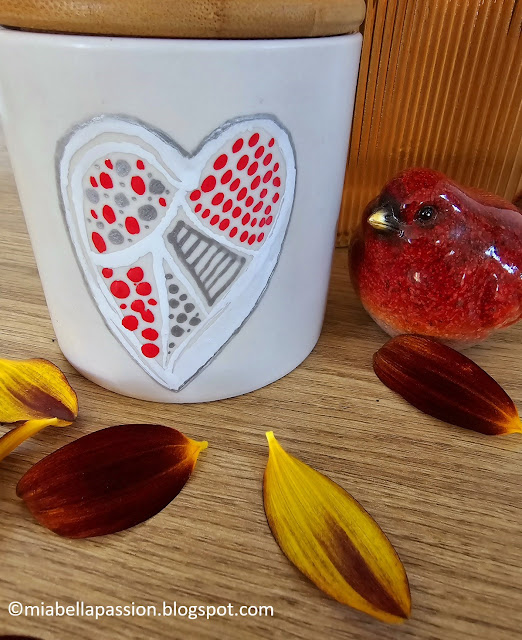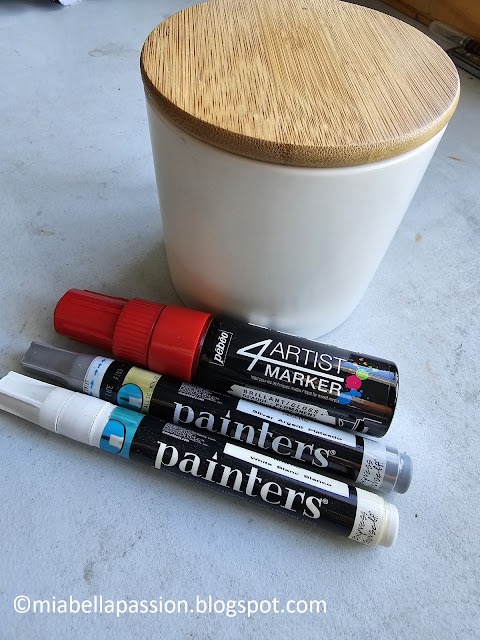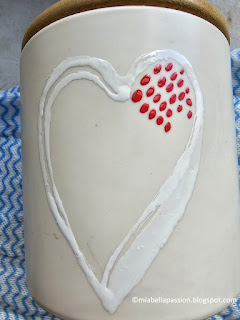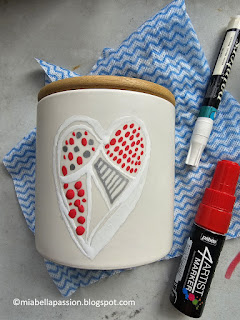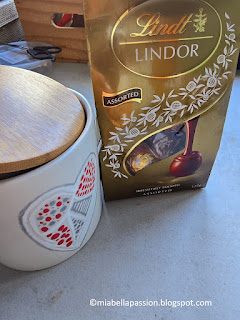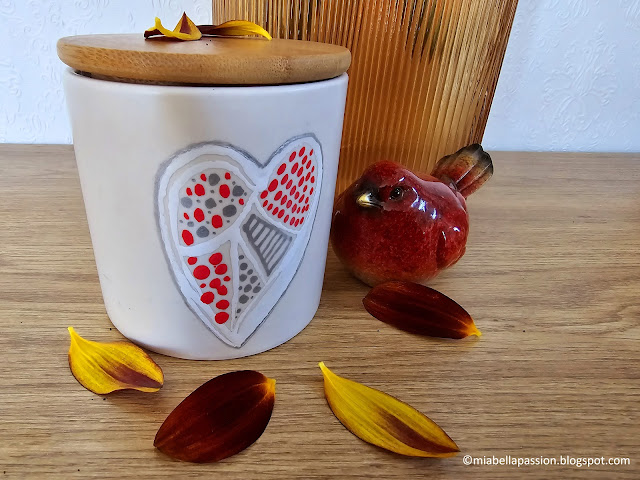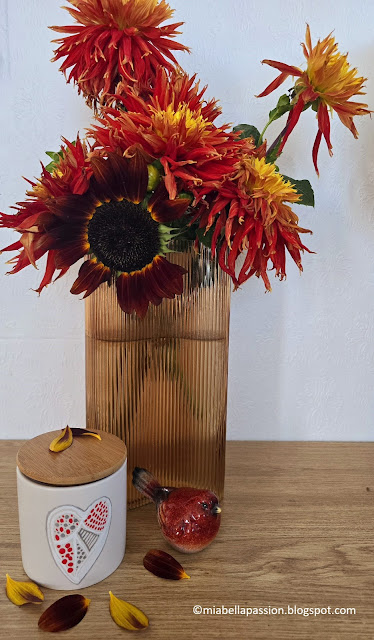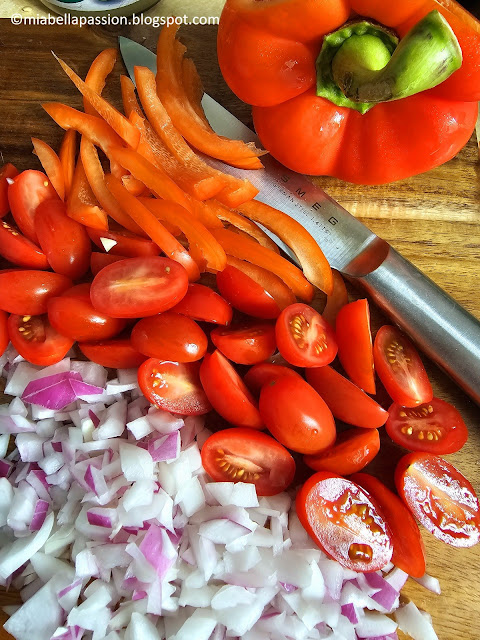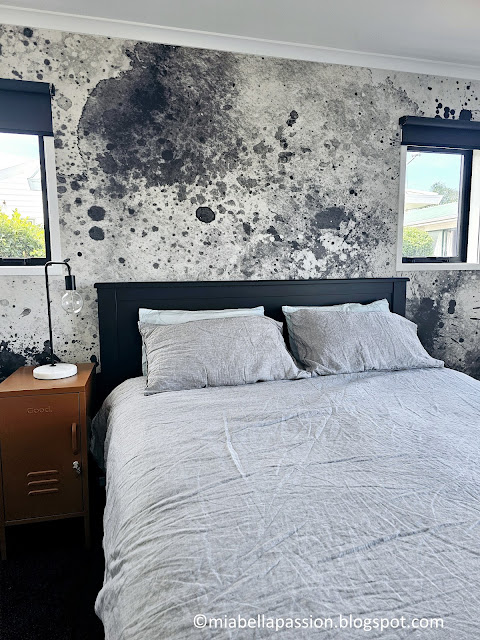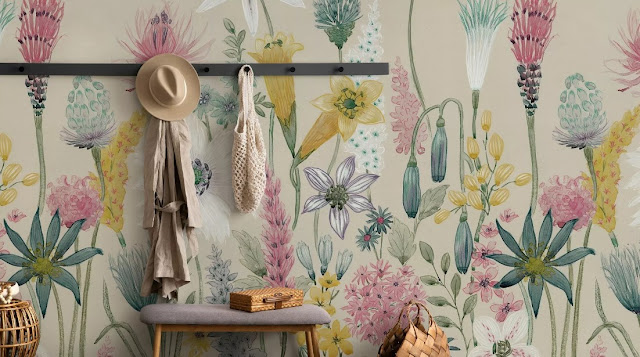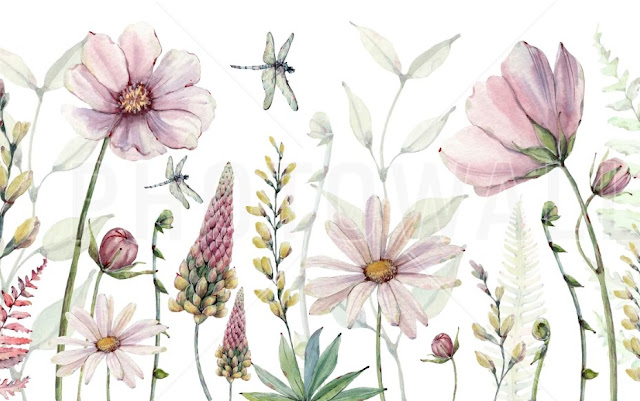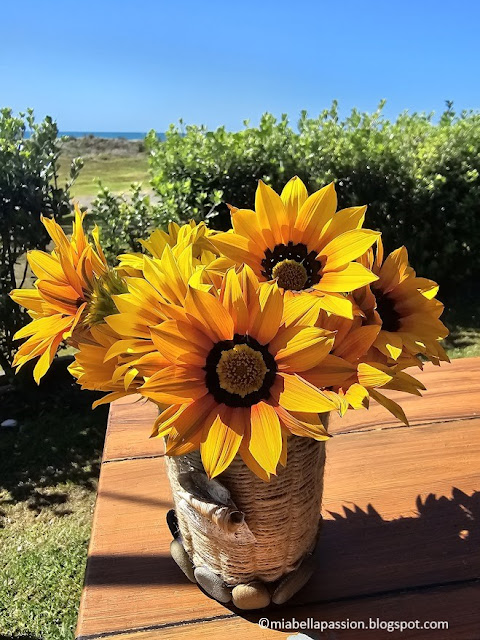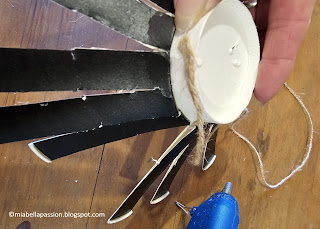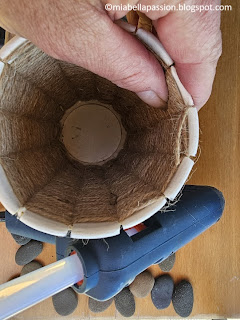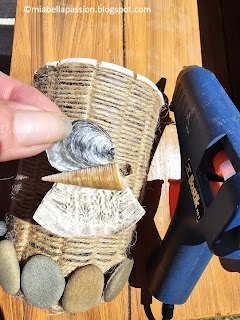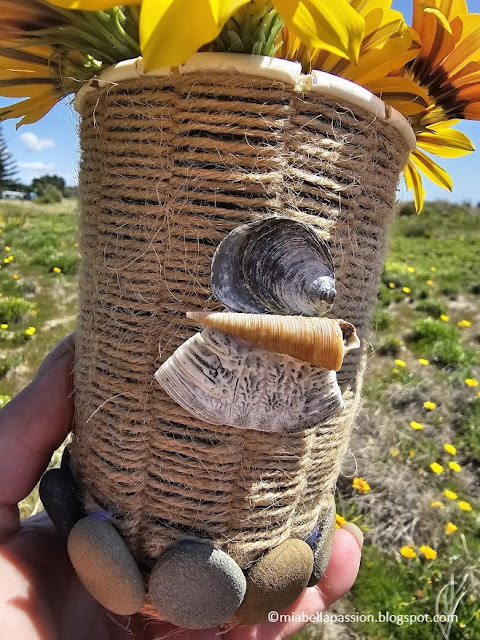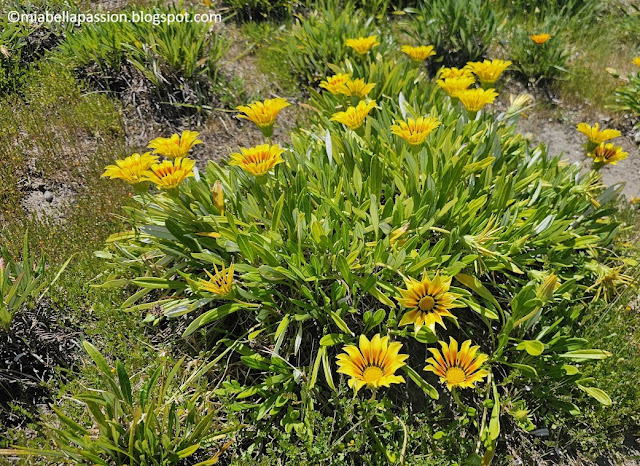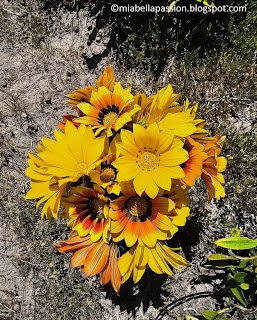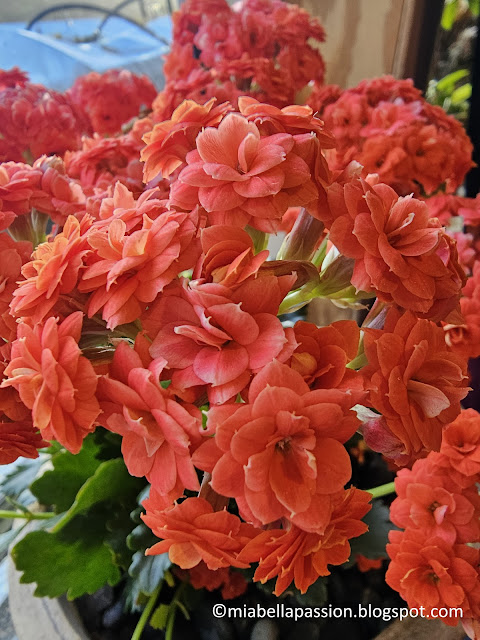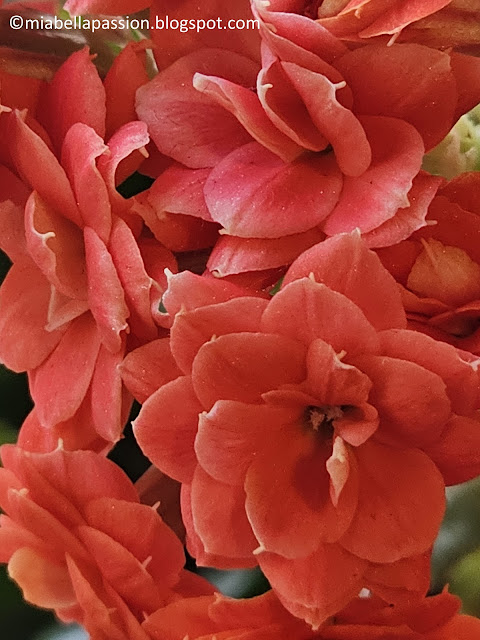Kalanchoe plants are a popular houseplant choice, prized for their beauty and reasonable ease of care.
Using the hints provided, your Kalanchoe plant can bloom year-round, producing gorgeous bursts of colour to brighten up your home, or front door entrance.
They will even grow outside in a garden bed if you live in a frost and snow-free zone.
They are often known by the names Flaming Katy, Christmas Kalanchoe, Madagascar Widows Thrill or Florist Kalanchoe.
The beautiful colour range of Kalanchoe plants is absolutely stunning!
Kalanchoe is a genus of flowering plants native to Madagascar and tropical Africa. These plants are popular among gardeners due to their stunning range of colours.
Kalanchoe flowers come in varying hues of red, pink, yellow, orange, magenta and white. The leaves of the plant also come in different shades of green and red.
Kalanchoe leaves have a fleshy succulent appearance and come in different shapes and sizes, depending on the species.
Some species have pointed leaves while others have rounded or oval-shaped leaves. The leaves are thick and succulent, giving them a waxy or rubbery texture.
The flowers of Kalanchoe plants are equally as beautiful as the leaves. The flowers come in clusters and have a star-shaped design. The petals of the flowers are silky or velvety to the touch.
The colourful flowers bloom for several weeks, making them great for garden displays or indoor decorations.
There are many species of Kalanchoe plants, each with its unique range of colours and appearance. Some varieties have heavily textured leaves while others have fine, delicate leaves.
The flowers of Kalanchoe plants come in both single and double blooms, and the size and shape of the flowers can vary from species to species.
The double blooms are my favourite!
When it comes to adding colour and beauty to your garden or home, Kalanchoe plants are a top choice.
With their wide range of colours and unique appearance, these plants will certainly add a touch of elegance to any decor space or garden bed.
Just follow these tips to ensure your Indoor Kalanchoe plant thrives.
1. Choose the Right Pot
Make sure your Kalanchoe plant has a pot that is the proper size and has proper drainage. A pot that is too small can stunt the growth of the plant, while a pot with poor drainage can cause root rot.
Choose a pot that is slightly larger than the size of the plant's root ball to give it room to grow.
2. Provide Adequate Sunlight
Kalanchoe plants need bright, indirect sunlight to grow and thrive. Place your Kalanchoe in a spot that gets at least six hours of sunlight a day, but avoid direct sunlight, which can scorch the plant's leaves. The leaves can turn a red hue in brighter light.
3. Water Properly
Over-watering is one of the leading causes of Kalanchoe plant failure. Water your plant deeply, but only when the top inch of soil is dry to the touch. Allow excess water to drain away and never let your Kalanchoe sit in standing water.
4. Fertilise Sparingly
Kalanchoe plants do not need to be fertilised often.
Use a balanced fertilizer once a month during the growing season to promote healthy growth and beautiful blooms.
Stop fertilising during the winter months when the plant is dormant.
5. Prune Regularly
To keep your Kalanchoe plant looking its best, prune it regularly. Remove dead or wilted leaves and spent flowers to encourage new growth and more blooms.
Growing Kalanchoe in the Garden.
1. Location and Soil
Kalanchoe prefers well-draining soil and a sunny location. It's best grown in soil that's rich in organic matter, such as compost.
If you're planting it in a garden bed, choose a spot where it can get plenty of sunlight, such as a south-facing location. It's important to note that Kalanchoe doesn't tolerate Cold temperatures at all!
2. Watering and Fertilization
Kalanchoe doesn't like to be overwatered, so it's important to let the soil dry out between watering. Overwatering can cause root rot, which can be fatal to the plant. For best results, water it deeply once a week, or when the soil is dry to the touch. You can also fertilize it with a balanced fertilizer once a month during the growing season, which is spring through fall.
3. Pruning and Deadheading
Kalanchoe blooms for a long period, but the flowers will eventually fade.
Deadheading the spent blooms not only makes the plant look better, but also encourages more blooms to form. You can also prune the plant to keep it compact and bushy, which can be done in the spring.
4. Pests and Diseases
Kalanchoe is generally not prone to pests and diseases, but it can occasionally be attacked by spider mites and mealybugs.
If you notice any signs of infestation, you can spray the plant with insecticidal soap or neem oil. Powdery mildew can also be a problem, especially in humid conditions. To prevent it, avoid overhead watering and make sure there's good air circulation around the plant.
By following these simple tips, you can ensure your Kalanchoe plant grows into a healthy and beautiful specimen.
With a little time and care, this stunning plant can brighten up any room in your home decor or in your garden.
Copyright ©miabellassion.blogspot.com
#kalanchoe #potplants #tropicalplants

